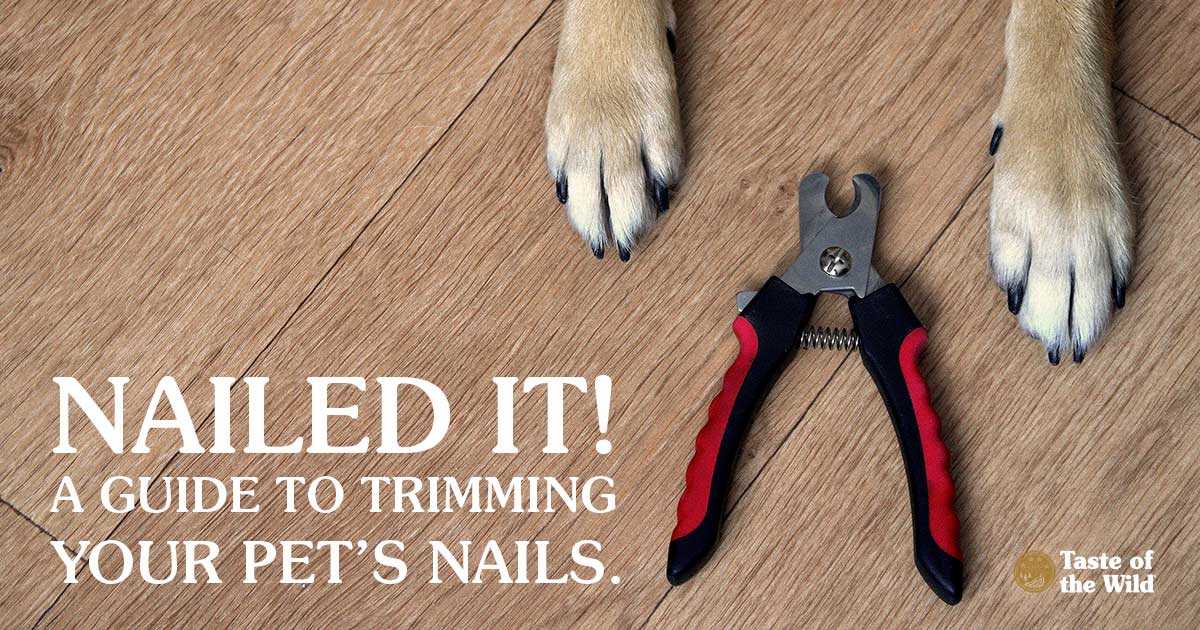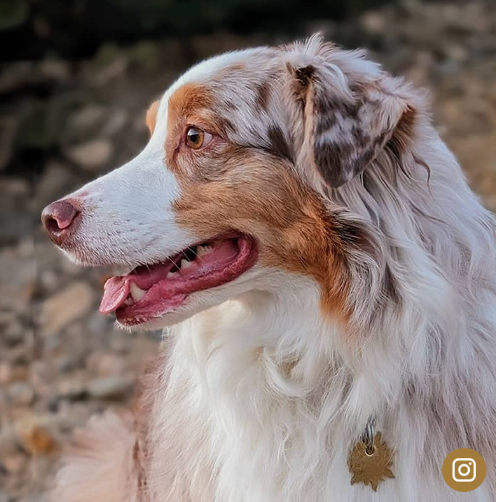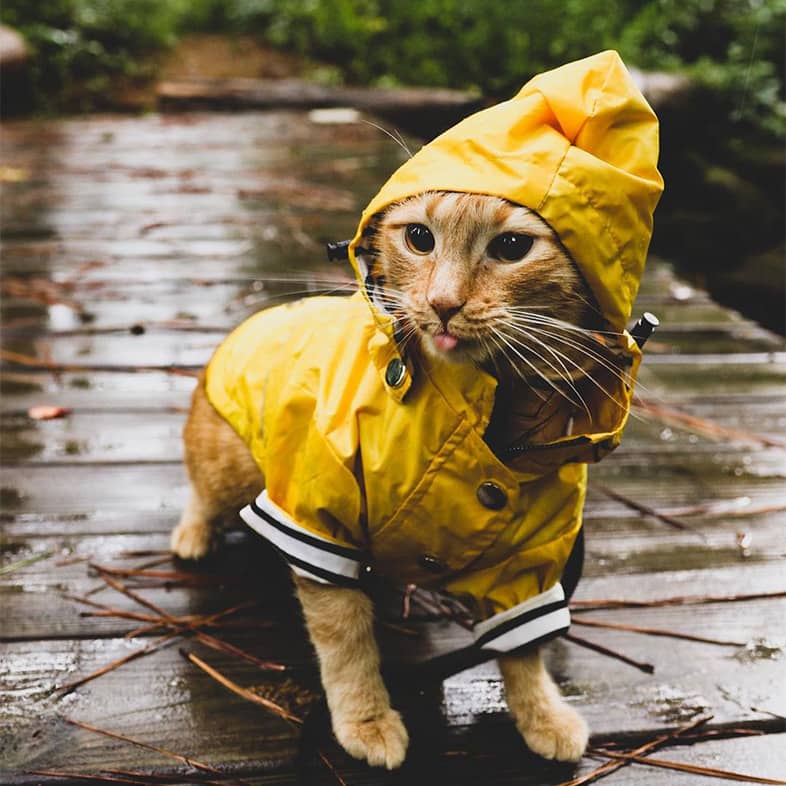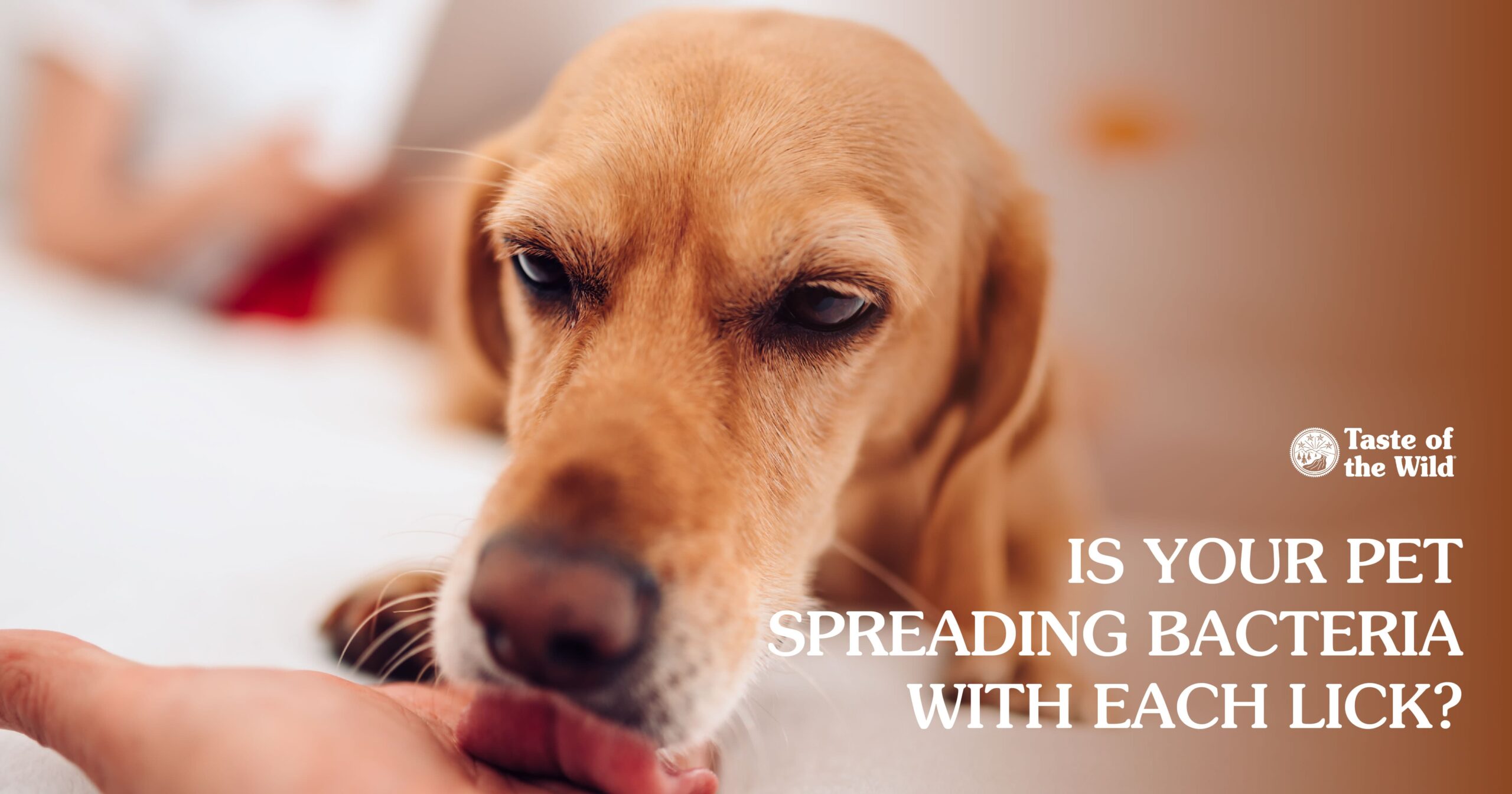How to Clip Dog Nails: Expert Tips for Nail Trimming
Category: Grooming & Care

Some dogs just get off on the wrong paw when it comes to nail trimming. If their first nail trimming experiences were painful or scary, they’ll do their best to squirm out of it in the future. But it doesn’t have to be that way. If you have a puppy, you can make sure they have a positive experience from the start. But even if your dog is older and hides behind the couch whenever the clippers come out, it is possible to retrain them to at least tolerate the nail clippers.
How Often Should You Trim Your Dog’s Nails?
If your dog walks on pavement regularly, the surface acts as kind of an emery board, gradually wearing down the nails naturally. So they may need less frequent nail trims than a dog who doesn’t walk on pavement much and mostly plays on grass. A good rule of thumb is to cut dog nails when they get long enough to touch the ground, or when you hear the “clickety-clack” of your dog’s nails against the flooring.
Long nails can cause paw-pad issues and can affect your dog’s foot and leg structure and how they walk. So it’s important to stick to a regular nail trimming schedule. If you notice unhealthy dog nails while you’re trimming, like brittle, cracked or discolored nails, contact your veterinarian.
Dog Nail Trimming Supplies and Equipment
Perhaps the most important supplies you’ll need for trimming nails are treats, treats and more dog treats. The more delectable the better. Your goal is to make everything a positive experience when you trim your dog’s nails. If possible, cut or break up your dog’s favorite treats into small pieces the size of peas. That way, you have ample supply during the nail trimming session. You’ll want to maintain a relaxed and positive attitude so your dog stays relaxed, too.
Next, you’ll need a nail clipper. There are generally two types: those shaped like scissors and guillotine-style clippers that feature a hole the nail fits through. You can also try a grinder, but some dogs don’t like the vibrations and noise, and the task may take longer.
You’ll also want styptic powder. This will help quickly stop bleeding if you accidentally cut the nail too short. It’s available at most pet stores, but if you’re in a pinch, cornstarch also does the trick.
How to Cut Puppy or Dog Nails
Getting your pup used to nail trimming is all about keeping the session positive. Take each step slowly; it may take several days or weeks to make your pup feel comfortable.
When you first get started, it’s best if you can have someone distract your dog while you’re busy with their nails. So ask someone to help dish out the treats and help keep your dog comfortable and calm. Once your dog is used to nail trimming, you might be able to make it a one-person job.
First, help your dog become accustomed to having their paws handled. Touch and hold your dog’s paws. Lavish them with praise and treats so they know that good things happen when you touch their paws.
Next, introduce the nail clippers. Place the clippers on the floor and encourage your pup to approach the tool by creating a trail of treats up and on to the clippers. Let your dog sniff them and become comfortable being around them.
How to Use Dog Nail Clippers
To trim your dog’s nails safely, it’s important to restrain your dog from moving their paw — but go easy on the restraint. When an animal is held down against its will, it can become stressed and possibly aggressive. To avoid this, ask your helper to gently hold your dog in their lap and give your dog treats every time you handle their paws. Ask your helper to only give your dog treats when you’re touching your dog’s paws so they regard paw-holding as a good thing.
Tap your dog’s nails with the clippers. Again, ask your helper to dish out treats every time you tap the nails. Ideally, your dog will be distracted by the treat and won’t even notice what you’re doing. Then place the clippers over the nail, but don’t cut. Again, praise and treat your dog while it becomes comfortable with the touch of the clippers around the nail.
How Long Should Dog Nails Be?
Cutting a nail too short isn’t fun for anyone, which is why you want to avoid cutting down to the quick of the nail. This is the pinkish area in the middle of the nail that contains a nerve and blood vessel. If you accidentally cut the quick, it can be painful for your dog and the nail can start to bleed. Dogs with dark nails can be more challenging because the quick may not be visible.
If your dog has light nails, and you can see the quick, cut the tip of the nail below the start of the quick. If your dog has dark nails, clip about 1/16th of an inch at a time. As you get closer to the quick, you will begin to see a darker dot at the center of the nail. That’s your cue to stop.
Work your way up gradually. It’s not necessary to clip all the nails at once. Start with one nail and if your dog starts getting uncomfortable, stop the session and try again another time.
Keep Nail Trimming Pawsitive for Your Dog
Helping your dog become accustomed to having their nails trimmed takes lots of patience, praise and good technique. The last thing you want to do is cause stress or discomfort for your dog. So if nail trimming at home isn’t going well, ask your veterinary team if they can do it for you or consult a professional groomer. For more grooming tips, check out our complete guide to pet grooming.
The information in this blog has been developed with our veterinarian and is designed to help educate pet parents. If you have questions or concerns about your pet’s health or nutrition, please talk with your veterinarian.




